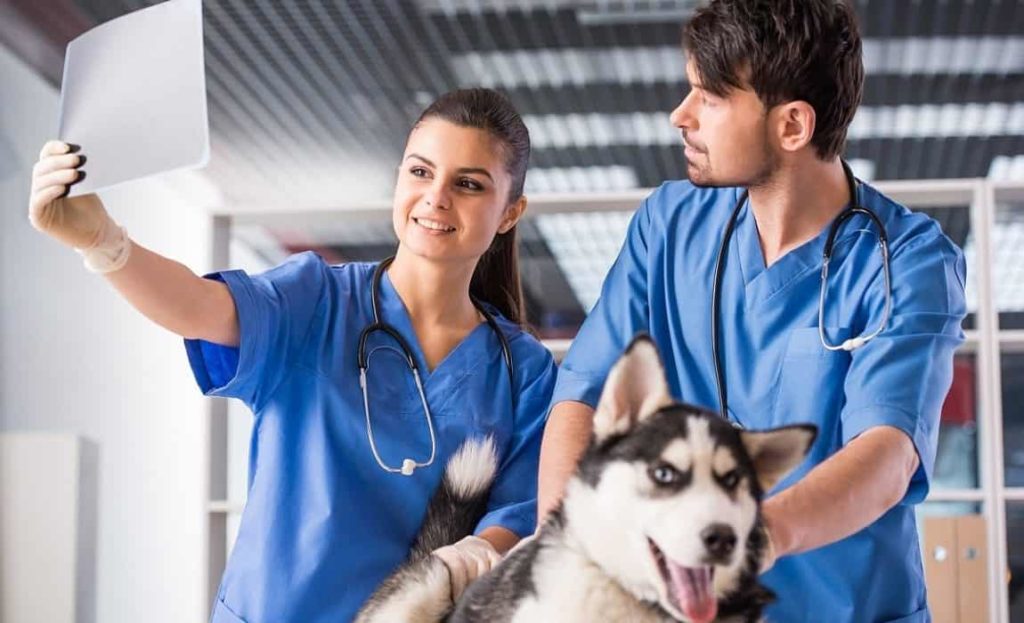
Veterinarians practicing in rural areas certainly have their share of challenges. Not only do they provide care for dogs, cats and other common household pets, they also oversee the care of cows, goats, horses and other livestock. This means vets need to be ready to adapt to Veterinary digital technology.
Often, these rural veterinary practices are so far removed from large cities that these vets may have a hard time acquiring technology that is readily available to those in urban settings.
Simple things an urban veterinarian may take for granted, such as veterinary digital X-rays and veterinary CR machines, can be difficult to obtain and to use.
The good news for those practicing rural veterinary medicine is that advancements in technology has made it easier to access these machines. One of the most valuable technologies, MRI, is often used in neurological cases and, according to the College of Veterinary Medicine & Biomedical Sciences at Texas A&M University, has great potential in other areas such as orthopedic and soft tissue surgery.
While MRI can reduce the need for invasive surgery—a great advantage for those practicing in rural areas— these machines have limited availability and can be expensive.
Technology is changing fast, however. Ultrasound systems, which are more widely available in rural areas, can be used in cases where X-rays and MRIs wouldn’t be prudent or cost effective.
Computed Radiography and digital X-ray machines are the most widely available machines used by rural veterinarians. Both these machines have a lower entry-level price tag than more complicated X-ray technology. This information is very helpful when trying to purchase a veterinary digital X-ray.
With CR machines, cassettes are available in a wide variety of sizes, making them easy to adapt for large animals. Images from both machines are ready in a matter of minutes and view-able on any laptop or tablet, making the days of sending X-ray film to an independent lab for review a thing of the past.
Also, vets no longer need to return to their offices to review X-rays, as this can now be done onsite. The whole process has become easier, less time-consuming and safer.
One reason veterinary graduates may choose to practice in a city is that they may feel the lack of readily available technology would hinder their ability to provide for the animals under their care.
There is not only a shortage of rural vets in many regions of the United States, but around the world as well. According to Inside Higher Ed, many veterinary schools are combating this shortage by shifting or expanding their focus on large or food animals.
The need for more veterinarians specializing in large animals and Veterinary X-ray practices, is helping make many forms of technology available in rural areas. The companies that manufacture the systems and machines are also striving to make it easier for veterinarians to afford and obtain them.
Those considering entering the field of rural veterinary medicine can rest assured knowing that the technology available to vets in the city is slowly but surely making its way to rural areas.
Looking for something related? Check out the top 10 Veterinary digital X-ray options available.

Call Us Today TOLL FREE

We have been in business since 2003. We started with selling only a handful of products and now sell over 3,000 products and have thousands of installations nationwide.
Dicom Solutions
4909 Murphy Canyon Rd
Suite 120
San Diego, CA 92123
Phone – (800)-377-2617
Email Address:
Sales@dicomsolutions.com